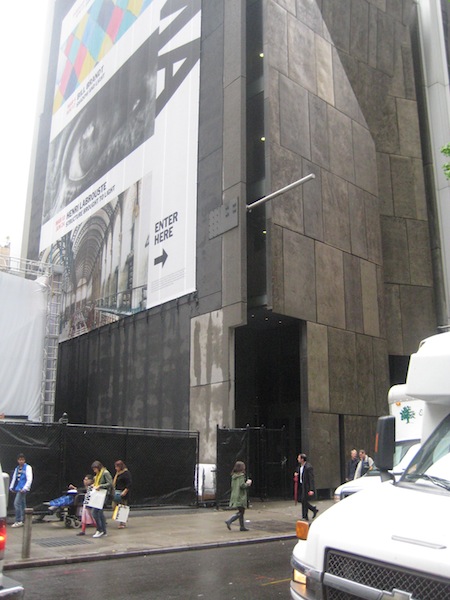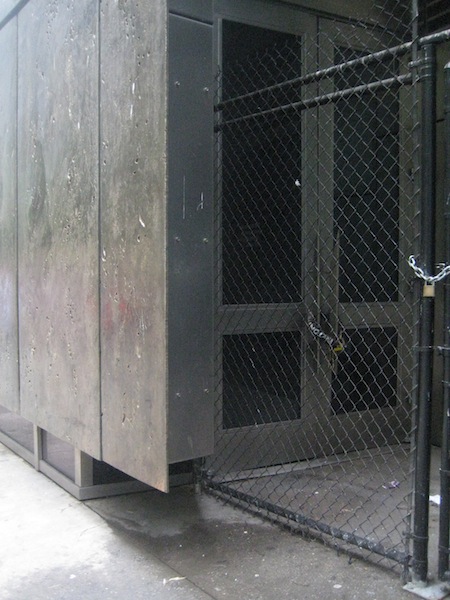Hood Director Michael Taylor writes:
Tod Williams and Billie Tsien, the architects of the Hood’s upcoming expansion and renovation, have now completed the pre-schematic design for the project, and we look forward to showing these plans to incoming president Phil Hanlon after he begins his tenure at Dartmouth on June 10.
Michael Taylor, “Letter from the Director,” Hood Museum of Art Quarterly (Summer 2013), 2 (pdf).
A low-angle aerial view from Bing shows where the addition will go.
Another look at the Web summary of Centerbrook’s master plan for the Hood suggests many opportunities for interesting work:
- In the Centerbrook proposal, Wilson’s exterior stair is effectively pulled inside the building and the central room is hollowed out to transform it into an entry vestibule and stair hall. One can imagine a polished concrete floor with thin metal railings meeting the brick walls, as in Rafael Moneo’s Museum of Roman Art.
- The octagonal reading room at the north end of Wilson Hall will probably remain outside the secure portion of the building and thus might be a good place for the museum shop. The building’s original wooden doors and polished granite WILSON lintel might be incorporated into this space. It is not clear whether the stair in the tower would remain useable.
- The main reading room that occupies the building’s south end becomes the place where people check their coats and pick up audio guides.
- Passing through the arched opening at the south end of the building, one reaches the circulation core of the museum complex. This area occupies the wedding-cake part of the building shown in Centerbrook’s exterior images, and it might terminate in a skylight or lantern.
- The fifth image depicts the existing Hood bridge and looks toward the new circulation core to the northeast. (This seems like an early version of the design: it shows an addition behind Wilson that does not appear in other images.)
- The sixth image is a view from the east side of the circulation core looking northwest. The two sets of stairs descending on the left are coming from the top level of Wilson Hall and from the lobby level of Wilson Hall, respectively.
—–
[Update 05.03.2014: Broken link to Moneo museum replaced.]
[Update 07.06.2013: Maybe the Hood is showing the pre-schematic designs already? A Class of 1958 Reunion Schedule for this month includes a presentation of the expansion plans at the Hood.
I just learned that architect Rick Mather died in April (Oxford Mail obituary). He designed big expansions at the Ashmolean Museum in Oxford and the Virginia Museum of Fine Arts in Richmond. Mather grew up in Portland, Oregon, had his office in London, and did a number of projects in Oxford.]

